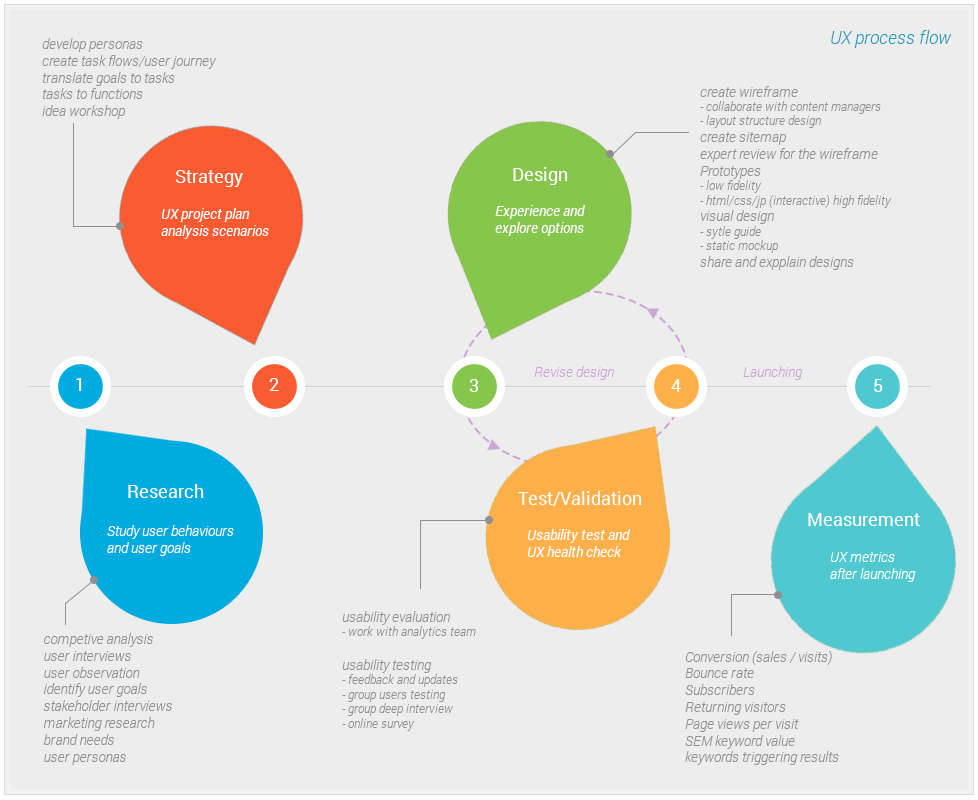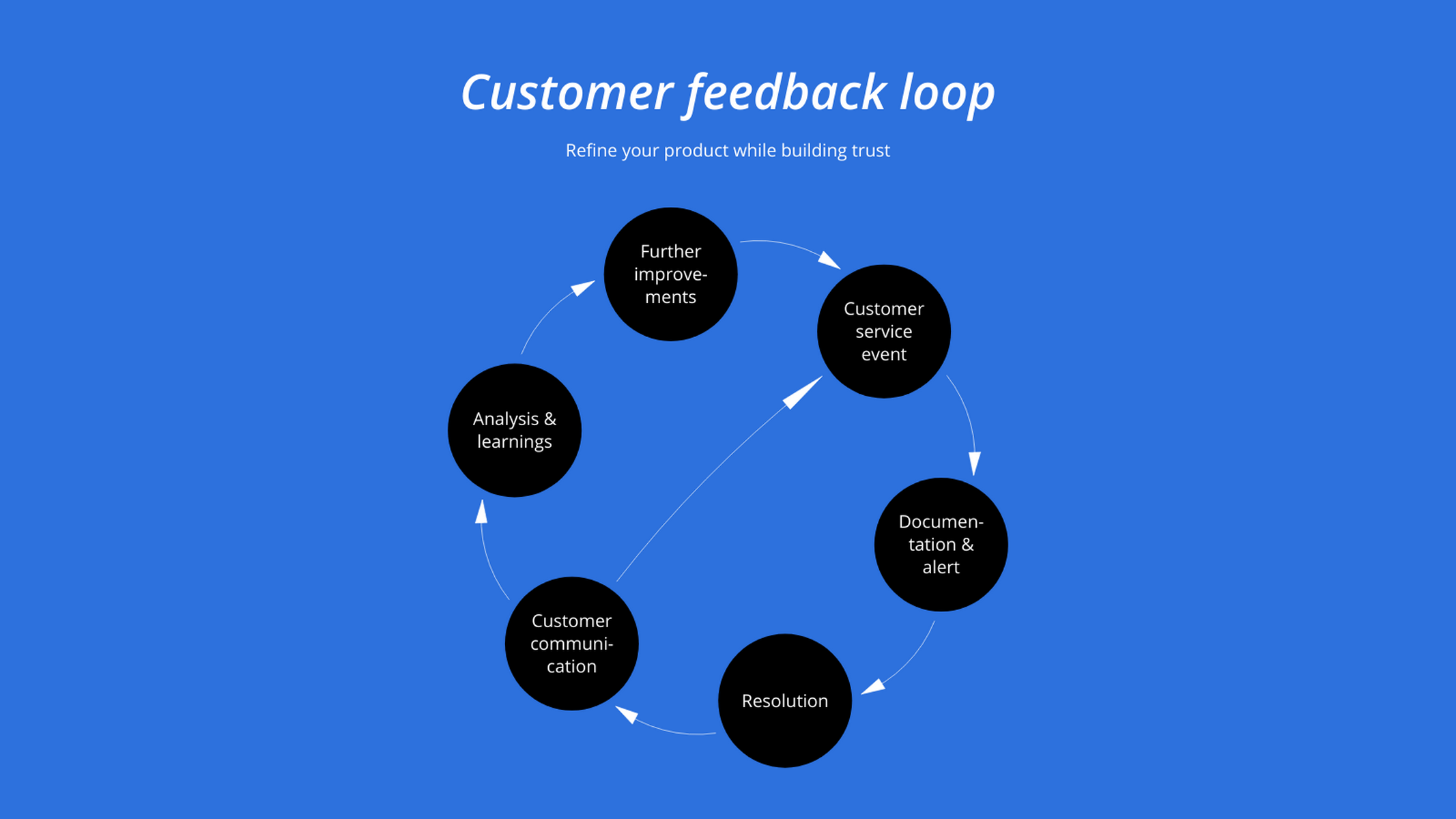
In the fast-paced world of digital marketing, staying ahead means constantly adapting to new trends and technologies. One of the most powerful tools in your arsenal is the feedback loop—a dynamic process that allows you to collect user insights, analyze them, and make informed decisions to improve both user experience (UX) and search engine optimization (SEO).
As search engines become more sophisticated, they’re increasingly prioritizing websites that deliver a seamless, engaging experience. This makes feedback loops not just useful, but essential for maintaining visibility, driving traffic, and converting visitors into loyal users.
In this guide, we’ll explore how to effectively implement feedback loops to enhance both UX and SEO. We’ll break down the process step by step, provide practical examples, and highlight the tools and strategies that can help you stay competitive in 2025 and beyond.
What Is a Feedback Loop and Why It Matters
A feedback loop is a cyclical process where data from user interactions is collected, analyzed, and used to refine and improve a product, service, or website. In the context of digital marketing, this could involve tracking metrics like click-through rates, bounce rates, time on page, or even direct user input through surveys and reviews.
For UX, feedback loops help designers understand how users interact with a site, what frustrates them, and where improvements are needed. For SEO, they provide real-time insights into how well content performs, which keywords drive traffic, and how users engage with your site after arriving via search engines.
Why does this matter? Because search engines prioritize websites that deliver value, relevance, and a positive user experience. By using feedback loops, you’re not only improving user satisfaction but also signaling to search engines that your site is worth ranking higher.
How Feedback Loops Impact SEO Performance
Feedback loops directly influence several key SEO metrics:
- Dwell Time: The longer users stay on your site, the better it looks to search engines. Feedback loops help identify content that keeps users engaged.
- Bounce Rate: If users leave quickly, it signals that your content may not be meeting their expectations. Feedback loops help pinpoint why.
- Click-Through Rate (CTR): By analyzing user behavior, you can optimize meta titles, descriptions, and content to increase CTR.
- Conversion Rates: Understanding what users want helps you create content that guides them toward desired actions, such as signing up, purchasing, or subscribing.
Moreover, feedback loops support E-E-A-T (Experience, Expertise, Authoritativeness, Trustworthiness), which is now a core component of Google’s ranking algorithm. By continuously refining your content based on user input, you demonstrate expertise and build trust with your audience.
Step-by-Step Implementation Framework
Here’s a structured approach to implementing feedback loops for UX and SEO improvement:
1. Define or Audit the Current Situation
Start by assessing your current website performance. Use tools like Google Analytics, SEMrush, or Ahrefs to gather baseline data on:
- Traffic sources
- Bounce rate
- Average session duration
- Top landing pages
- User flow patterns
This audit will help you identify areas that need improvement and set measurable goals for your feedback loop strategy.
2. Apply Tools, Methods, or Tactics
Once you have your data, implement the following methods to collect and analyze feedback:
- User Surveys: Use tools like Typeform or SurveyMonkey to ask users about their experience on your site.
- Heatmaps: Tools like Hotjar or Crazy Egg show where users click, scroll, and spend time on your pages.
- A/B Testing: Platforms like Optimizely or Google Optimize let you test different versions of your content or design to see what works best.
- Session Recordings: Tools like FullStory allow you to watch real user sessions and spot pain points.
- Social Listening: Monitor mentions of your brand on social media using Brandwatch or Meltwater to gauge sentiment and identify issues.
3. Measure, Analyze, and Optimize
After collecting data, it’s time to act:
- Analyze the Data: Look for patterns in user behavior. Are certain pages underperforming? Are users abandoning the checkout process?
- Identify Pain Points: Use heatmaps and session recordings to find where users struggle.
- Implement Changes: Based on your findings, update your content, design, or navigation.
- Test Again: After making changes, repeat the process to measure the impact.
Real or Hypothetical Case Study

Let’s look at a hypothetical case study involving an e-commerce store:
Scenario: An online clothing retailer noticed a high bounce rate on their product pages, despite strong traffic from organic search.
Action Taken:
– They used Hotjar to track user behavior.
– They found that many users were clicking on “Add to Cart” but then leaving without completing the purchase.
– They conducted surveys and learned that users were confused about shipping costs and return policies.
Results:
– They updated the product pages to clearly display shipping and return information.
– They added a FAQ section and a live chat feature.
– Within two months, the bounce rate dropped by 30%, and conversion rates increased by 25%.
This example shows how feedback loops can lead to tangible improvements in both UX and SEO.
Tools and Techniques for Feedback Loops
Here are some of the top tools that can help you implement effective feedback loops:
- Google Analytics – For tracking user behavior and engagement metrics.
- Hotjar – For heatmaps, session recordings, and user feedback.
- Typeform – For creating engaging surveys and feedback forms.
- A/B Testing Tools – Like Optimizely or Google Optimize to test different variations.
- SEMrush / Ahrefs – For keyword research and competitor analysis.
- Brandwatch – For monitoring social media sentiment and brand mentions.
Future Trends and AI Implications
As AI continues to evolve, its role in feedback loops will expand. Tools like Google’s Search Generative Experience (SGE) and AI-powered chatbots will enable even more personalized and real-time feedback.
In the future, we can expect:
- Automated Insights: AI will analyze user behavior and suggest optimizations without manual intervention.
- Predictive Feedback: Algorithms will predict user needs based on past interactions, allowing for proactive adjustments.
- Voice and Multimodal Search: As voice and visual search grow, feedback loops will need to adapt to these new interaction models.
To stay ahead, focus on building agile, data-driven processes that allow you to respond quickly to changing user behaviors and search trends.
Key Takeaways
- Feedback loops are essential for improving both UX and SEO by providing actionable insights into user behavior.
- Use a mix of tools like analytics platforms, heatmaps, and surveys to collect data.
- Continuously test and iterate based on user feedback to refine your content and design.
- Stay ahead of trends by leveraging AI and adapting to new search modalities like voice and multimodal search.
- Prioritize user-centric design to ensure your site remains relevant and competitive in the evolving digital landscape.
By embracing feedback loops, you’re not just optimizing for search engines—you’re building a better, more engaging experience for your users.
Meta Title: How to Use Feedback Loops to Improve UX and SEO
Meta Description: Learn how to use feedback loops to enhance user experience and boost SEO rankings with actionable strategies and tools.
SEO Tags (5): feedback loops, UX design, SEO optimization, user experience, digital marketing
Internal Link Suggestions: Parameter #7: Core Web Vitals, Parameter #12: A/B Testing, Parameter #18: Voice Search Optimization
External Source Suggestions: Google Analytics, Hotjar, SEMrush







